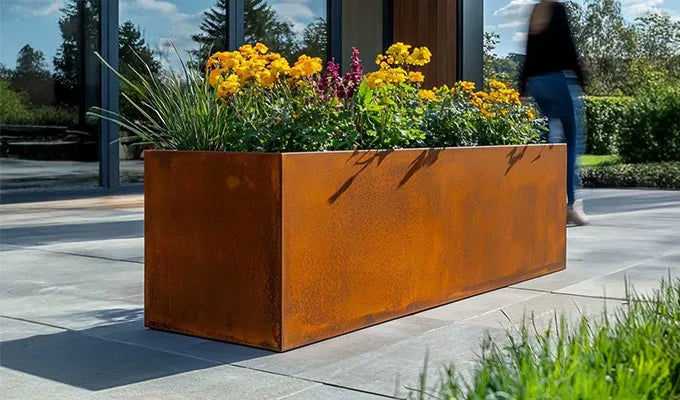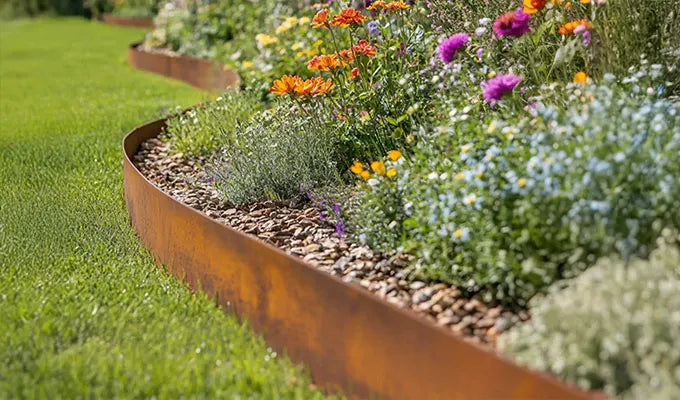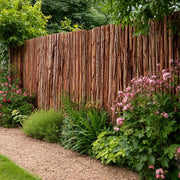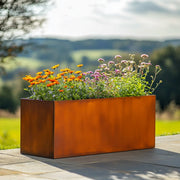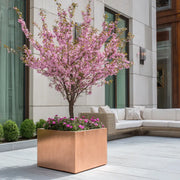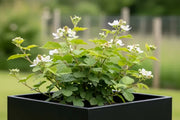The Versatile Beauty of Crabapple Trees
Crabapple trees, or Malus species, are a truly enchanting addition to any English garden, offering a wealth of year-round interest and robust beauty. Perfectly suited to our temperate climate, these versatile trees thrive across the diverse landscapes of Britain, from urban patios to sprawling country estates.
One of their most captivating features is the spectacular spring display. Typically from April to May, depending on the variety and local conditions, crabapples burst into a profusion of delicate blossoms. These can range from pure white to soft pinks, vibrant fuchsias, and even deep reds, often with a delightful fragrance that drifts on the spring breeze. This floral extravaganza provides a vital early nectar source for bees and other pollinators, ushering in the warmer months with grace and vitality. The sight of a crabapple in full bloom is a quintessential moment in the English gardening calendar.
Following the stunning flowers, the trees develop their namesake fruits. These miniature apples, which vary significantly in size, shape, and especially colour, begin to ripen from late summer through autumn. The fruits can be bright red, deep crimson, sunshine yellow, or even a subtle orange, often persisting on the branches long after the leaves have fallen, providing a valuable food source for native birds through the colder months. Beyond their ornamental and wildlife value, many crabapple varieties produce fruits that are excellent for culinary uses, particularly for making delicious jellies, preserves, and traditional crabapple cheese, thanks to their high pectin content and tart flavour.
Crabapples are remarkably adaptable and unfussy, making them an excellent choice for a wide range of garden styles. They prefer a spot with full sun to part shade and well-drained soil, though they are tolerant of various soil types. When planting, ensure the hole is twice as wide as the root ball and just as deep, gently firming the soil around the roots. For newly planted trees, regular watering is crucial, especially during dry spells, until they are well-established. A yearly feed with a balanced fertiliser in spring can promote vigorous growth and abundant flowering and fruiting.
Pruning is generally minimal for crabapples. It's best done in late winter or early spring when the tree is dormant, focusing on removing any dead, diseased, or crossing branches. You can also lightly shape the canopy to maintain a desirable form, but generally, crabapples develop a pleasing natural shape with little intervention.
For those with limited space, many crabapple varieties are wonderfully suited for container growing. Choose a pot that is generously sized (at least 50-60cm in diameter for a dwarf or compact variety) and has excellent drainage holes. A good quality, loam-based compost mixed with some grit will provide the ideal growing medium. Container-grown crabapples will require more frequent watering and regular feeding, as nutrients will leach out of the pot over time. Moving the planter to a sheltered spot during harsh winter weather can also be beneficial, particularly for young trees. Varieties such as 'Tina' or 'Adirondack' are often recommended for their more compact growth habits, making them ideal for patios, balconies, or smaller garden spaces, where they can still provide all the charm and seasonal interest of their larger counterparts.
In summary, crabapple trees are a true testament to the beauty and resilience of nature, offering a spectacular show of flowers in spring, vibrant fruits in autumn and winter, and a valuable contribution to local wildlife. Their ease of care and adaptability, coupled with their suitability for a range of garden sizes and even container planting, cements their status as a truly invaluable and beloved tree for the English garden.


